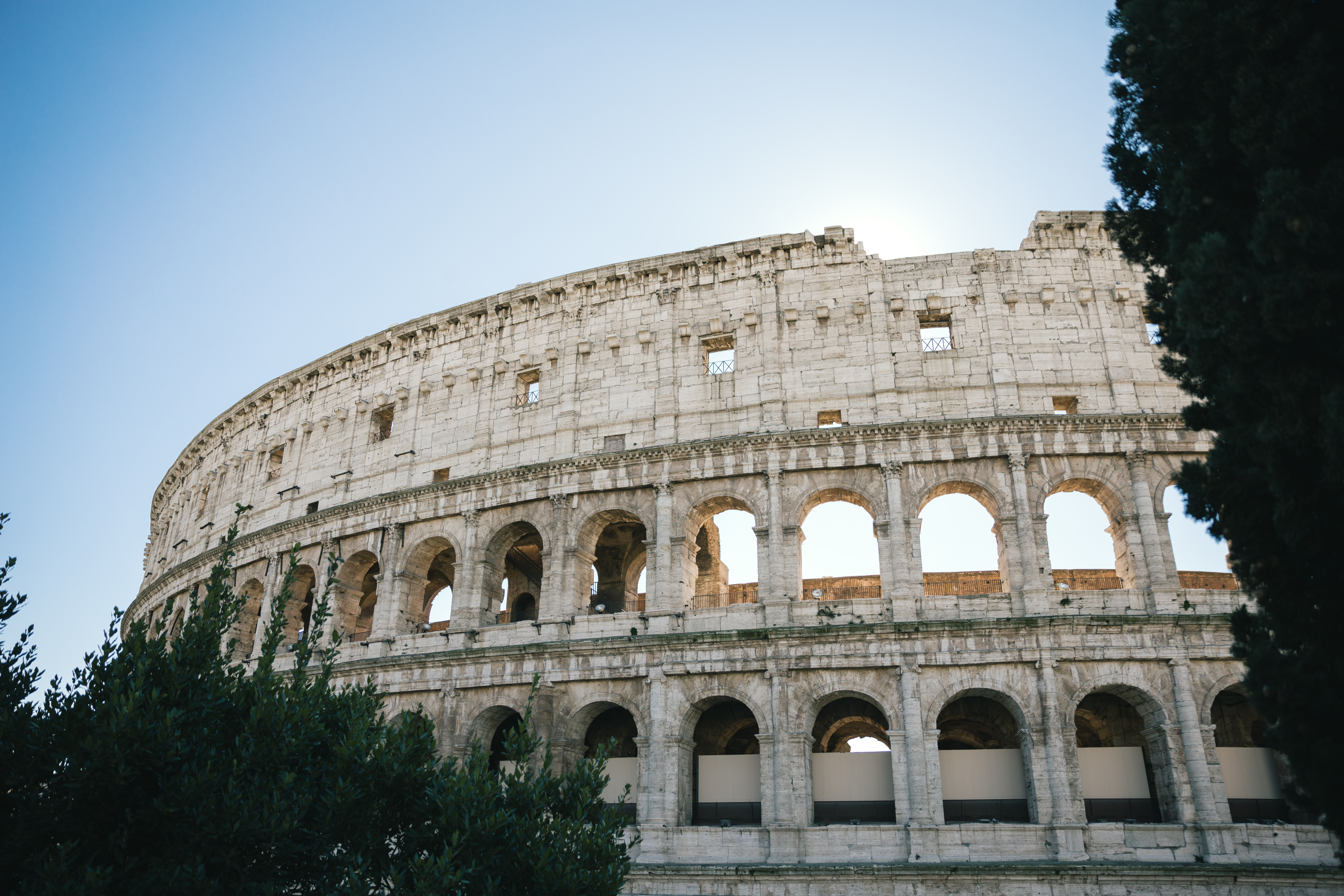

John Cabot University Professor of Art History Lila Yawn presented her latest paper on the Colosseum at the end of antiquity at the Renaissance Society of America meeting, held March 27-29.
Professor Yawn began her presentation with an anecdote about Benvenuto Cellini, who is most famous for having written his own biography while under house arrest for sodomy. In his autobiography, he discusses a trip he took with friends and a necromancer to the Colosseum to conjure up demons, during which far too many frightening demons arrived. One way to eliminate demons is with “zaffetica,” a stinking substance that repels them, so the necromancer ordered Cellini and his friends to fetch the “zaffetica.” Cellini’s friend was so frightened that he did it one better: he lost control of his bowels, and the sound and stench sent the demons away immediately.
While most people recognize the Colosseum as a symbol of glorious ancient Rome, very few people know about its other roles throughout history. The Colosseum at the end of antiquity became everything other than what it was built to be. In the early middle ages it was a village, home to hundreds of people. From the 10-12th centuries it became mythologized in a way, as people did not know what it had been. In the 12th century it was described in one of the world’s first guidebooks to Rome as a temple of the sun, claiming that in the past it hosted a dome with fire, lighting, rain, and an idol of the sun holding “an orb signifying Rome’s rule over the world.”
In his autobiography, Cellini refers to the Colosseum not by its usual name, but as “culiseo,” a play on words that transforms Rome's most famous monument into nothing more than a large backside.
 After Cellini's demon-conjuring adventure in the Colosseum, he was told by his necromancer friend that the two of them should go to Norcia to consecrate a book in the Lago di Pilato, part way up Monte Vettore, a lake which is legendarily haunted by demons. Professor Yawn visited the lake during her research.
After Cellini's demon-conjuring adventure in the Colosseum, he was told by his necromancer friend that the two of them should go to Norcia to consecrate a book in the Lago di Pilato, part way up Monte Vettore, a lake which is legendarily haunted by demons. Professor Yawn visited the lake during her research.Cellini was not the only writer to refer to the Colosseum in such a way. In the 15th-16th centuries, comic writers, particularly Tuscans who lived in Rome, began to play with the Colosseum’s name, making it into the “culiseo.” The Colosseum became the “butt” of many jokes made by famous artists and writers, including the 15th century poet/barber Il Burchiello, Aretino, Berni, Bronzino, and Antonio Vignali.
Il Burchiello, a Florentine barber and comic poet, used the term "culiseo" in a verse that stated that when the papal mantle is empty the Colosseum should be given a suppository of pastoral staff, a joke that apparently was very funny when it was published. The word appeared again in a Pasquinade of 1521, in a sonnet that satirized Mario Maffei, bishop of Aquino.
As Professor Yawn states in her paper, during a time in which it represented Rome’s greatness, satirical writing transformed the Colosseum “from a supreme symbol of Rome as caput mundi, head of the world, into a giant culus, an anus or buttocks.”
Learn more about studying Art History with Professor Yawn in Rome.
Learn more about the Department of Art History and Studio Art.




